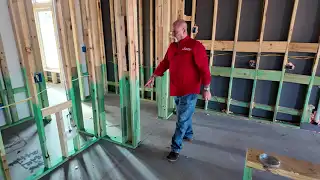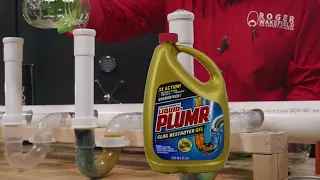If you have ever wondered how the world of plumbing has evolved, this conversation highlights a genuine perspective from two different eras. With one plumber starting out forty years ago and another twenty years later, you will see how technology, safety regulations, and daily routines have changed. Whether you are just curious or thinking about a plumbing career, this story will give you an inside look at how the trade keeps progressing.
A Look at Day One: 40 Years Ago
Starting in the early 1980s was an entirely different world. Most training happened on the job, with minimal official orientation or safety oversight. The day-to-day approach involved:
- Applying on a Monday, Working Tuesday: Typically, you would fill out paperwork, grab a few supplies, and show up the next day on a commercial or residential job. No extended onboarding was in place—just a directive to start installing or digging.
- Manual Calculations and Basic Tools: Even advanced tasks, like doing takeoffs or estimates, happened with pencil and paper. Pipe layout was often memorized or swiftly sketched on a note pad. Hand saws and basic power tools required significant effort.
- Loose Safety Culture: While hard hats and glasses were recommended on commercial projects, many used them only when absolutely necessary (like riding the construction elevator). Personal protective equipment was minimal, and tasks such as jackhammering or large trench digging often lacked extra precautions.
A Look at Day One: 20 Years Ago
Fast-forward to the early 2000s, and the environment had begun to shift:
- Union Orientation: If you started through a union or larger plumbing company, you might receive a brief day of introduction, basic instructions on standards, and some general guidelines for working around heavy machinery.
- Improved Tools: Cordless drills, press fitting tools, and easier pipe materials (like PVC and PEX) had begun to change the workflow. Physical demands eased compared to the older steel or cast-iron pipes.
- Rising Safety Requirements: OSHA guidelines became more common, meaning new hires had to keep safety glasses on, wear gloves frequently, and use a hard hat in certain areas of the job site at all times.
Big Differences Over Time
- Technology: The earliest plumber had no Internet, no YouTube, and no online classes. Apprentices learned from a journeyman or rummaged through thick code books. By the time smartphones and online resources arrived, the younger plumber could research solutions on the spot, or watch tutorial videos for immediate learning.
- Safety: Older generations often worked in deep trenches or busy sites without thorough protocols. Modern job sites enforce orientation programs, sign-in logs, and even track location for accountability.
- Tools and Equipment: Hand-cutting cast-iron or chipping concrete used to be manual chores. Now you have laser levels, mechanical press tools, cordless everything, and better excavation technology for large tasks.
- Orientation and Training: The older plumber might have only had a supervisor say, “Your job is over there—go do it.” Today, an eight-hour safety orientation is routine. Complex sites may have an additional multi-day orientation addressing lockout/tagout, hazardous materials, and emergency evacuation routes.
Adapting to Change
Despite time gaps, both eras share common threads:
- Mentorship: Whether your first day was decades ago or just last week, on-the-job training and finding an experienced mentor remain key to your progress.
- Pride in Craftsmanship: Each plumber is proud to complete a perfect layout, ensure no leaks, and maintain clean work. Plumbing remains a trade where visual and functional quality matter.
- Continuous Learning: Although new plumbers have more tools and tutorials, older methods still hold lessons in problem-solving and adaptability. Embracing both can help you thrive.
Conclusion
Plumbing in the past demanded raw effort, minimal safety oversight, and a steep learning curve on day one. Today’s newcomers benefit from advanced training, technology, and regulations that ensure safer, more efficient work. Yet the core remains the same: hands-on skill, pride in workmanship, and a willingness to learn from each generation. Whether you started forty years ago or twenty years ago (or are just now jumping in), plumbing evolves, but the dedication to doing it right never changes.




